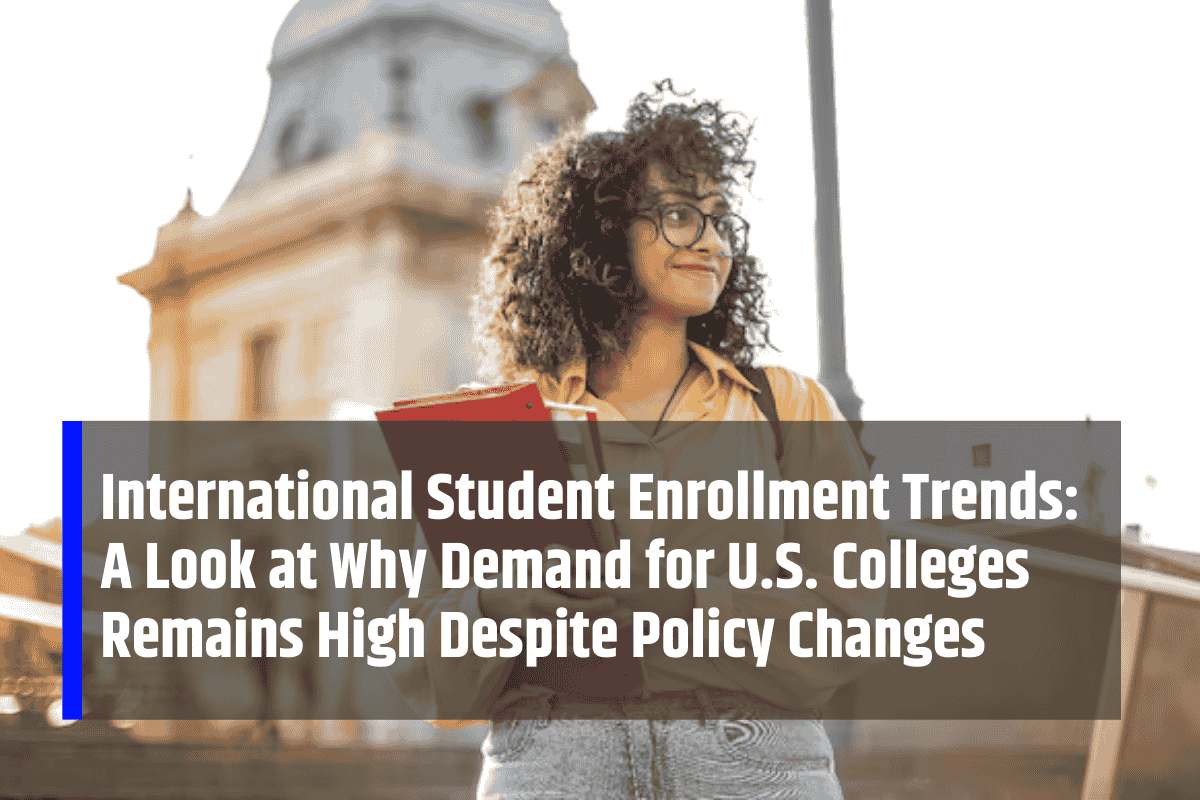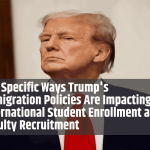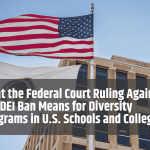American universities consistently dominate international rankings. Campuses in cities like New York, Chicago, and Seattle boast cutting-edge research facilities, interdisciplinary programs, and renowned faculty. For students from Mumbai, Shanghai, Lagos, and São Paulo, the “Made in America” label signals prestige, enhancing employability both at home and worldwide.
Ivy League and Flagship Institutions
Elite universities—whether Ivy League, top-tier public schools, or specialized research centers—offer opportunities unmatched elsewhere. Their reputations extend beyond academia, creating powerful networks that elevate graduates into leadership roles across industries. This combination of excellence and prestige makes U.S. higher education a uniquely compelling option for ambitious learners worldwide.
Professional Pathways and Career Launchpads
International students are equally drawn by career opportunities. Metropolitan hubs like Los Angeles, Houston, and Washington, D.C. host internships in finance, technology, and public policy. Optional Practical Training (OPT) programs further extend opportunities, allowing graduates to gain work experience that transforms an academic stay into a professional springboard.
Access to Major Industry Centers
Connections to Silicon Valley startups, Wall Street firms, and federal research agencies provide unique pathways unavailable in most countries. Strong alumni networks enhance these opportunities, creating mentorship channels and recruitment pipelines. For many students, the potential to combine world-class study with unparalleled industry access is decisive.
The Appeal of College Towns
Beyond large cities, smaller university hubs such as Durham, Ann Arbor, and Madison thrive as vibrant communities. These towns combine livability with innovation: Durham’s Research Triangle nurtures startups, Ann Arbor connects to Detroit’s industries, and Madison blends Midwestern warmth with cultural vitality. Each town becomes a global crossroads anchored by education.
Quality of Life and Community
Students emphasize that the balance between rigorous study and rich community life is a hallmark of these towns. Lakeside activities in Madison, entrepreneurial energy in Durham, and cultural diversity in Ann Arbor enhance the student experience. These environments demonstrate that U.S. education extends far beyond the classroom.
Navigating Immigration and Visa Challenges
Shifting immigration policies and visa delays have not significantly reduced international demand. Instead, students often adapt—choosing mid-tier institutions in places like Columbus or Phoenix when barriers arise. Universities have responded with virtual advising, pathway programs, and global partnerships to ease navigation through the complexities of U.S. visa systems.
Global Competition Sparks Innovation
Countries such as Canada, Germany, and Australia aggressively recruit international students. In response, U.S. institutions innovate. Universities in San Diego and Portland now offer dual-degree programs, hybrid tracks, and targeted scholarships. These models expand access, maintain academic rigor, and ensure American colleges remain attractive amid growing international competition.
Building International Communities on Campus
International students enrich campuses and sustain demand by sharing positive experiences. Clubs, language exchanges, and cultural festivals thrive in cities like Boston and Philadelphia, creating inclusive spaces. Word of mouth spreads globally—from Karachi to Cairo and Nairobi to Seoul—drawing new cohorts eager to replicate those experiences.
Resilience After the Pandemic
The COVID-19 pandemic temporarily halted mobility, but U.S. colleges adapted quickly. Hybrid learning, first adopted during lockdowns, has persisted. Institutions in Denver and Austin now blend online foundation courses with on-campus residencies, making U.S. education more flexible and accessible for students balancing travel, finances, and personal circumstances.
Investment in Industry Partnerships
Universities are increasingly strengthening ties with employers. In tech hubs like San Jose and Austin, hackathons, recruitment fairs, and mentorship programs link students directly with industry leaders. International learners view these partnerships as vital for achieving long-term success, cementing U.S. institutions as unmatched bridges to professional achievement.
A Durable Global Appeal
Despite policy shifts and global competition, U.S. higher education continues to thrive. Its mix of academic prestige, professional gateways, vibrant communities, and adaptability ensures enduring demand. From Boston’s historic campuses to Atlanta’s emerging hubs, the American educational model remains a symbol of opportunity, innovation, and global connection.






Leave a Comment